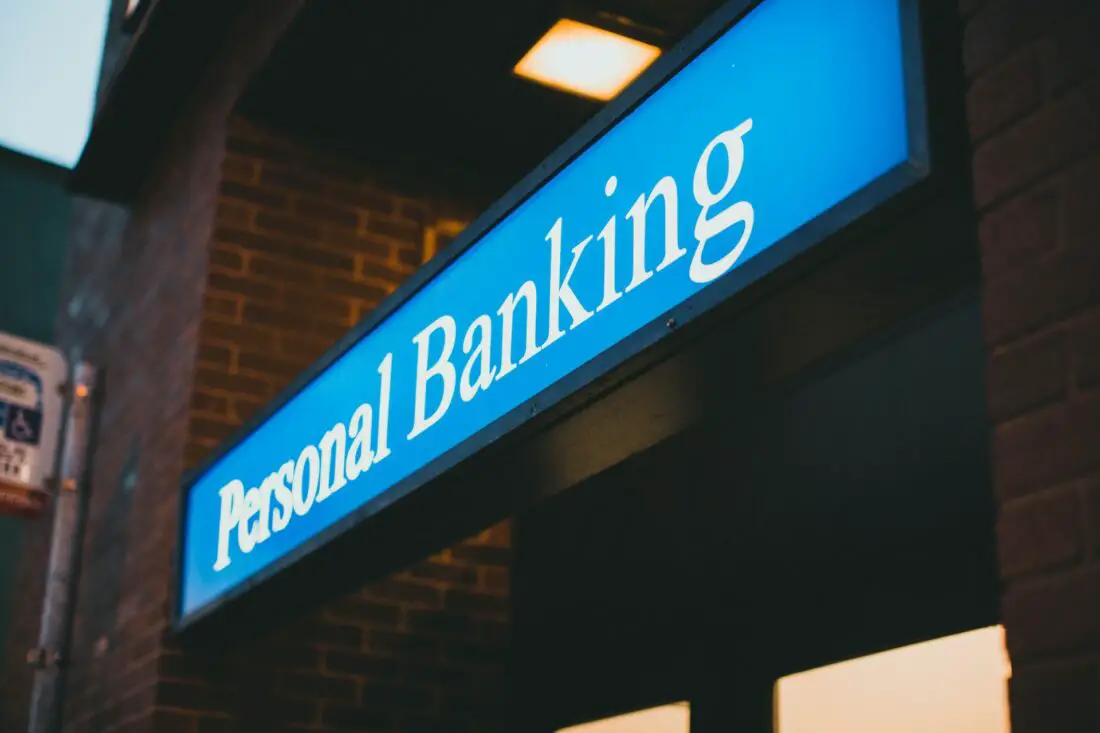Alright, so listen up. Everybody’s got problems, right? The cost of living is going through the roof and sometimes, you gotta take care of things like fixing your car or dealing with some medical bills. This is where easy personal loans can save your neck when the unexpected stuff happens.
You got a lotta options: banks, credit unions, and even those online lenders. A lot of these guys can approve loans in just a few days, so you don’t have to wait around for the cash. We’re talkin’ good interest rates, flexible repayment, and all kinds of choices for how much you wanna borrow.
What We Will Cover
How to Get An Easy Personal Loan With A Bad Credit Score
But maybe your credit ain’t so great. Don’t worry about it. As long as you can show you’re gonna pay the loan back, you can find someone to work with you. You just gotta follow a few steps.
1. Check your Credit Scores
First, check your credit scores. Get your free report from one of the big three credit bureaus. This way, you’ll know what you’re dealing with and avoid making the same mistakes again.
Checkin’ your credit score ain’t too complicated. Just follow these steps, and you’ll have your number in no time:
- Get your credit report: Your credit score is based on the information in your credit report, so start by gettin’ a copy of that. In the US, you’re entitled to one free credit report every year from each of the three major credit bureaus – Equifax, Experian, and TransUnion. Visit AnnualCreditReport.com, the only authorized website for free credit reports, to get yours.
- Check for errors: Once you have your credit report, give it a thorough look to make sure there aren’t any mistakes. If you find any errors, like incorrect account balances, late payments that you actually paid on time, or accounts that don’t belong to you, you’ll need to dispute them with the credit bureau. Fixing these errors can help improve your credit score.
- Find your credit score: Your credit report won’t have your actual credit score on it, but you can get that separately. Some credit card companies and banks offer free credit score access to their customers. You can also use free online services like Credit Karma, Credit Sesame, or WalletHub, which provide your credit score based on the information from one or more credit bureaus.
- Understand the range: Credit scores in the US typically range from 300 to 850. A higher score means you’re more creditworthy, and lenders are more likely to approve your loan or credit card application. Here’s a general breakdown of credit score ranges:
- Excellent: 800-850
- Very Good: 740-799
- Good: 670-739
- Fair: 580-669
- Poor: 300-579
Keep in mind that different lenders have their own criteria, so what might be considered a good score for one might not be the same for another.
Now you know the steps to check your credit score. Just remember to keep an eye on it regularly and work on improving it if necessary. A good credit score can make a big difference when you need a loan or credit.
2. Gather All Required Documents
Next, get your papers in order. You’re gonna need proof of income, employment, and all that jazz to show these guys you’re not a deadbeat.
3. Choose the Right Lender
Now you gotta find a legit lender. Stick with the reputable ones and make sure they’re licensed to operate in your area. And if they’re askin’ for money up front, that’s a red flag.
4. Make and Keep A Budget
Once you’ve found a good lender, make a budget and figure out how you’re gonna make those loan payments every month. You don’t wanna get slapped with late fees or other penalties.
And remember, always make your payments on time. You don’t wanna dig yourself into a deeper hole.
What Should I Do if I Had a Past Bankruptcy?
If you’ve had a past bankruptcy, it can be a bit tough when it comes to your credit and gettin’ new loans, but it ain’t the end of the world. There are some steps you can take to rebuild your credit and get back on track:
Review your credit report: After a bankruptcy, make sure to review your credit report to ensure that all the discharged debts are marked as “included in bankruptcy” or “discharged.” This way, potential lenders will know that you don’t owe those debts anymore.
Establish a budget: Create a realistic budget to help you manage your expenses, pay your bills on time, and avoid taking on new debt. Stick to it and adjust it as needed. This will help you stay on top of your finances.
Pay your bills on time: One of the most significant factors in your credit score is your payment history. Start building a positive payment history by paying all your bills on time, every time. This includes rent, utilities, and any other monthly obligations.
Get a secured credit card: A secured credit card is a great way to start rebuilding your credit. With this type of card, you’ll need to provide a security deposit, which typically becomes your credit limit. Use the card responsibly, making small purchases and paying off the balance in full each month. Over time, this positive activity will help improve your credit score.
Apply for a credit-builder loan: Some banks and credit unions offer credit-builder loans designed to help people rebuild their credit. You’ll borrow a small amount, and the lender will hold the funds in a savings account while you make monthly payments. Once you’ve paid off the loan, you’ll get the money back, and your on-time payments will be reported to the credit bureaus.
Monitor your credit: Keep an eye on your credit report and score to track your progress. You can use free services like Credit Karma or WalletHub to monitor your credit regularly.
Be patient: Rebuilding your credit after bankruptcy takes time. A Chapter 7 bankruptcy stays on your credit report for 10 years, while a Chapter 13 bankruptcy stays for 7 years. However, the impact of bankruptcy on your credit score decreases over time, especially if you’re consistent with good financial habits.
Avoid credit repair scams: Be cautious of companies that claim they can quickly fix your credit or remove bankruptcies from your credit report for a fee. Most of the time, these promises are too good to be true.
Remember, it’s essential to stay committed to responsible financial habits. Over time, your credit will improve, and you’ll be in a better position to apply for loans and other credit products.
Video: Personal loans in 24 Hours 300 FICA score
Factors to Consider When Choosing A Easy Personal Loan
When you’re shopping around for a loan, there are a few things to keep in mind:
- The lender’s reputation. Stick with the guys we mentioned earlier. They’re your best bet.
- Interest rates and terms. Compare what’s out there and read the fine print to avoid surprises.
- Customer support. Make sure they’re gonna be there for you when you need ’em.
- Eligibility criteria. Don’t waste your time on a loan you don’t qualify for.
At the end of the day, life throws you curveballs. Sometimes you need a little help to get back on track. But don’t gamble on your future by ignoring it. Easy personal loans can be a lifeline when you need it most. Just make sure you handle it responsibly, and you’ll come out stronger in the end. Capisce?





